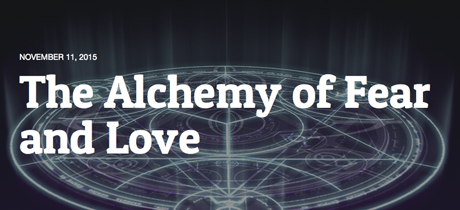
A couple of years ago, I was brought up short by the realization that Space 1999 might just be more than a shallow, if entertaining, 1970s science fiction vehicle. An episode from the second season called "The Taybor" forced me to give the series a rethink. Specifically, elements of the subtext and imagery, in that episode, point directly to the Tibetan concept of the rainbow body.
I watched "The Taybor" again, recently, and realized that I still hadn't given the episode, or possibly the entire series, enough credit. I'd glossed over a number of details, allusions so direct it's hard to imagine they are not conscious and deliberate.
This analysis of the series addresses the possibility that it's not meant to be taken at all literally – that it only really makes sense if you assume some sort of divine intervention and higher purpose to Moon Base Alpha's unlikely journey across the space.
The idea that the Moon could be thrown from its orbit to drift at speeds allowing it to cross interstellar space in time periods of weeks or months is difficult and often impossible for many viewers to accept. The mass of the Moon is so large and its orbit around Earth so apparently firm and the force of a series of atomic explosions so more likely to obliterate the Moon than to blast it out of orbit, that the imaginations of many of even the most ardent science fiction aficionados were challenged beyond their limit to stretch, despite the fact that the planet Pluto is credibly posited by scientists to have been a satellite of planet Neptune that broke away from Neptune and settled into an irregular orbit around the Sun. And then there is the difficulty that some people have of assimilating the prospect of such an event being caused by human error. Most people prefer to think of future, technological man as incapable of contributing to a disaster of such magnitude.










